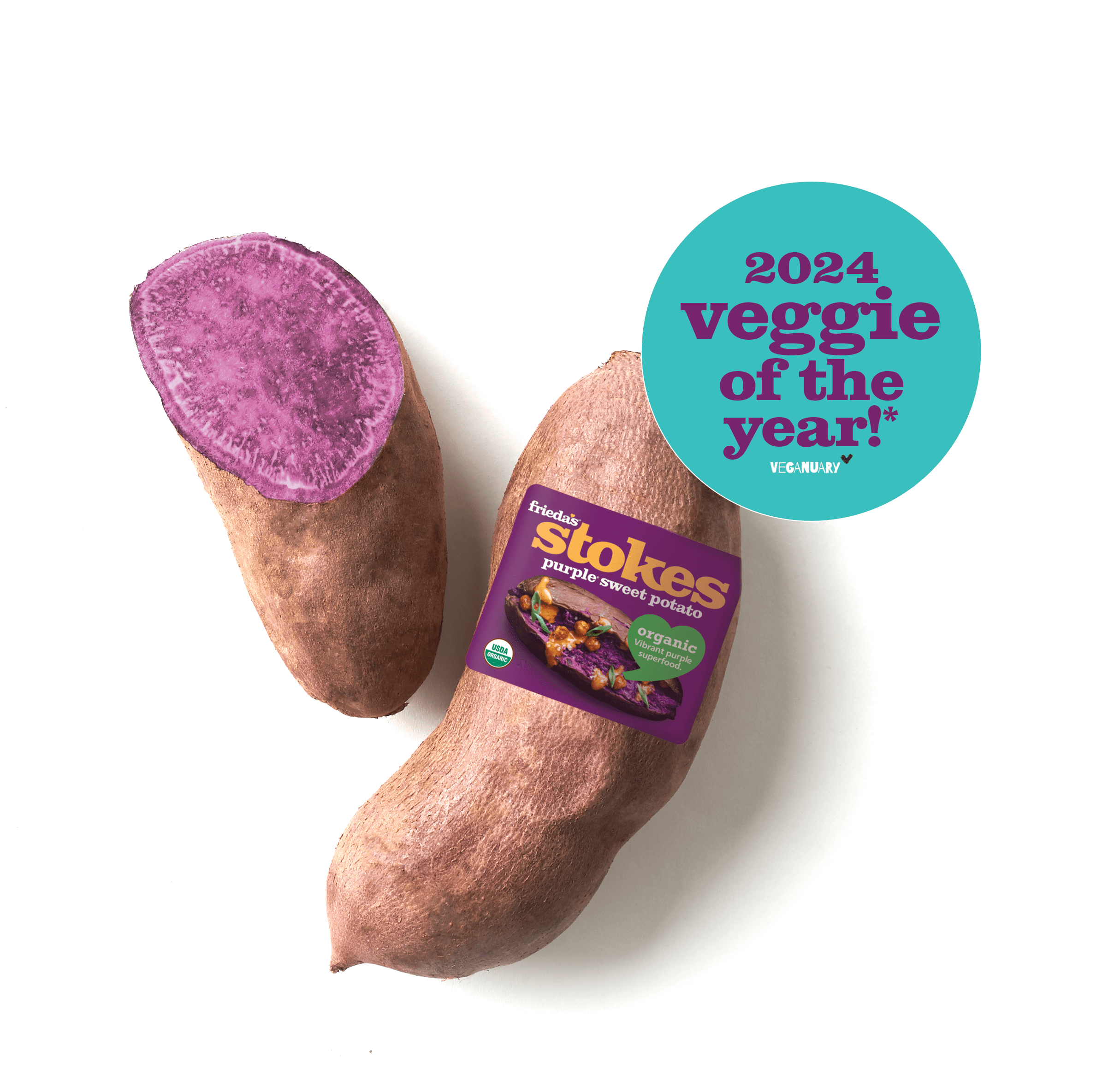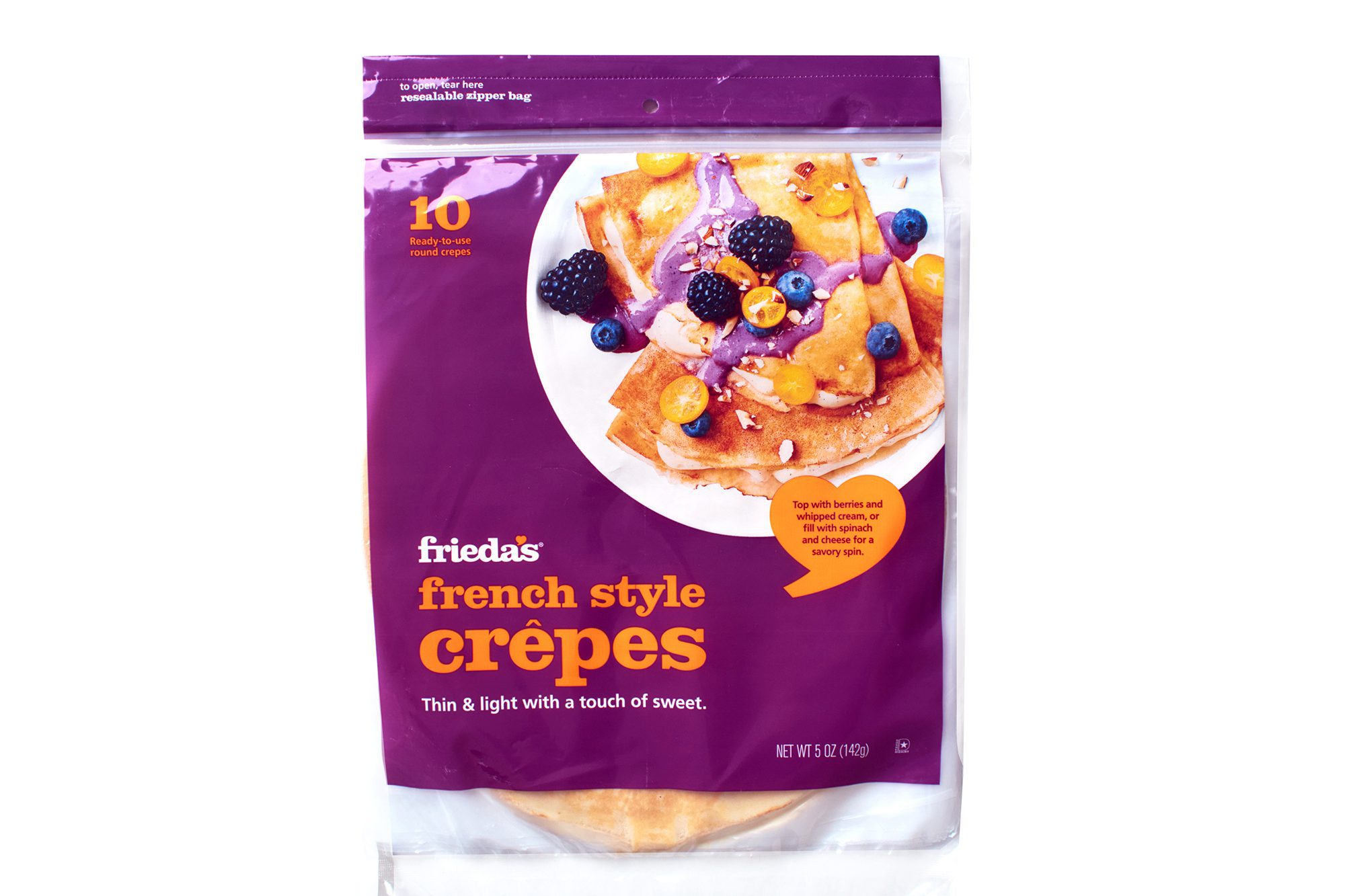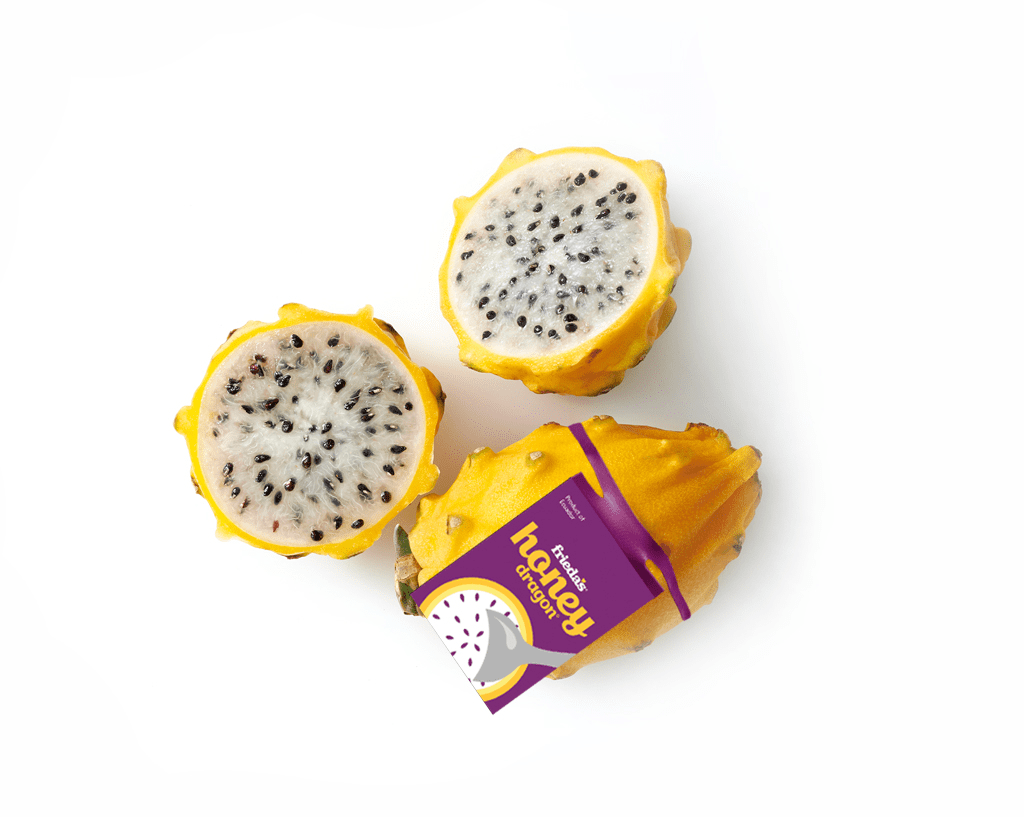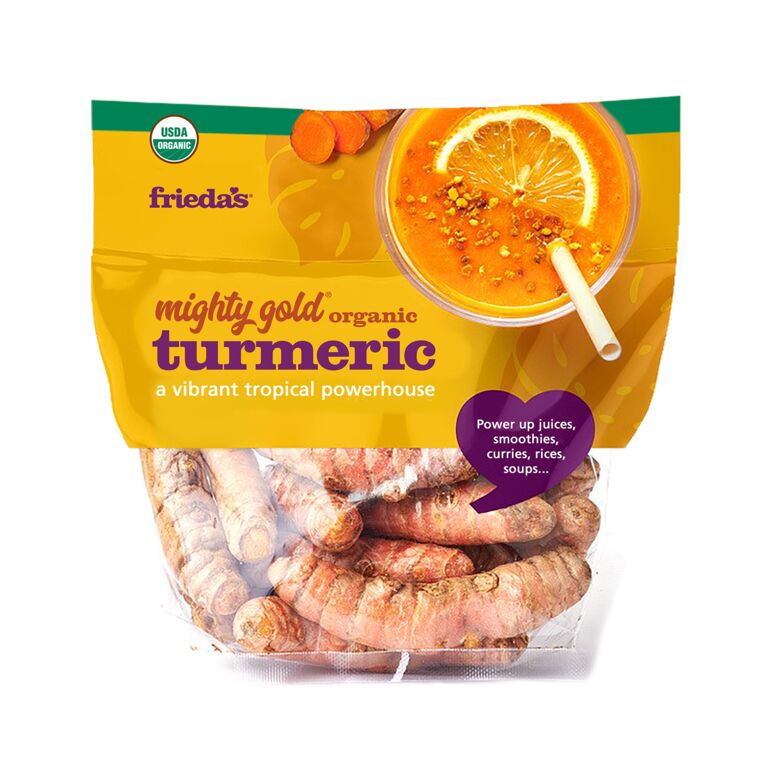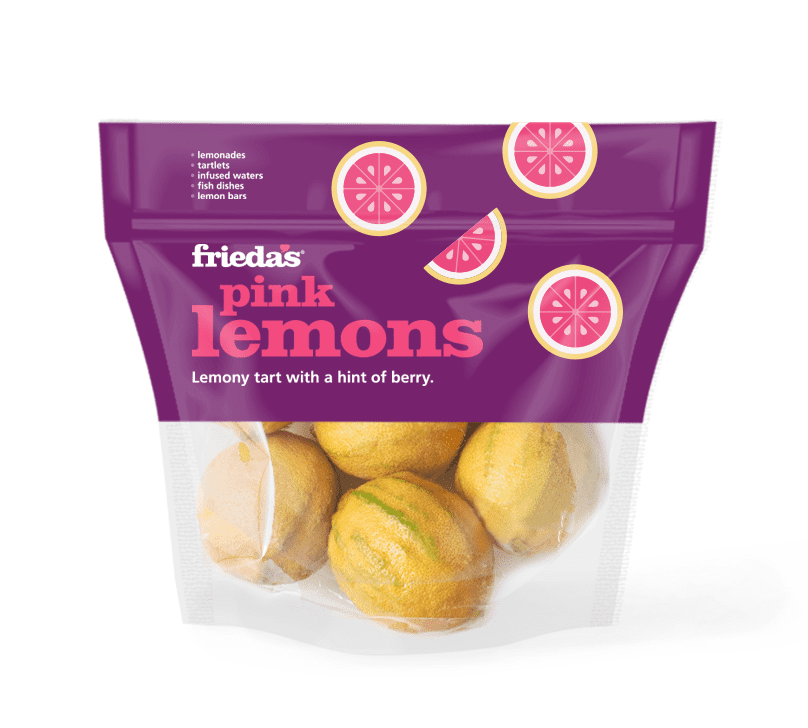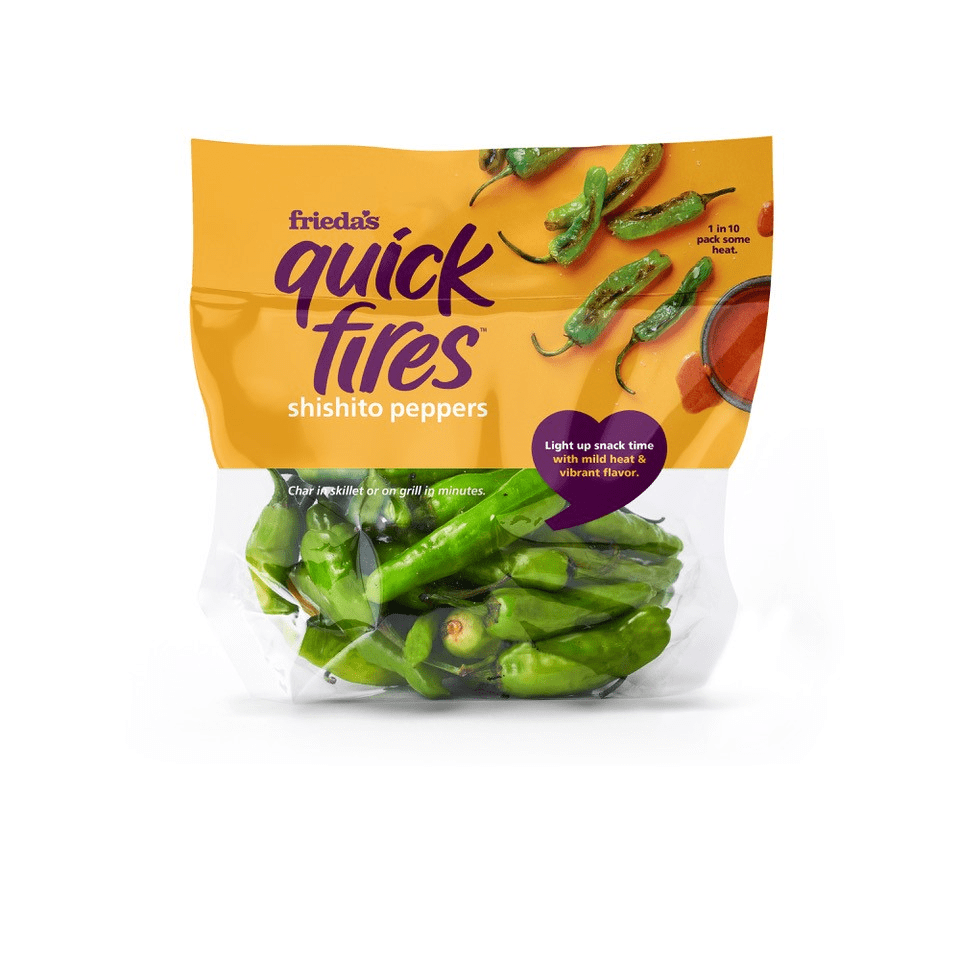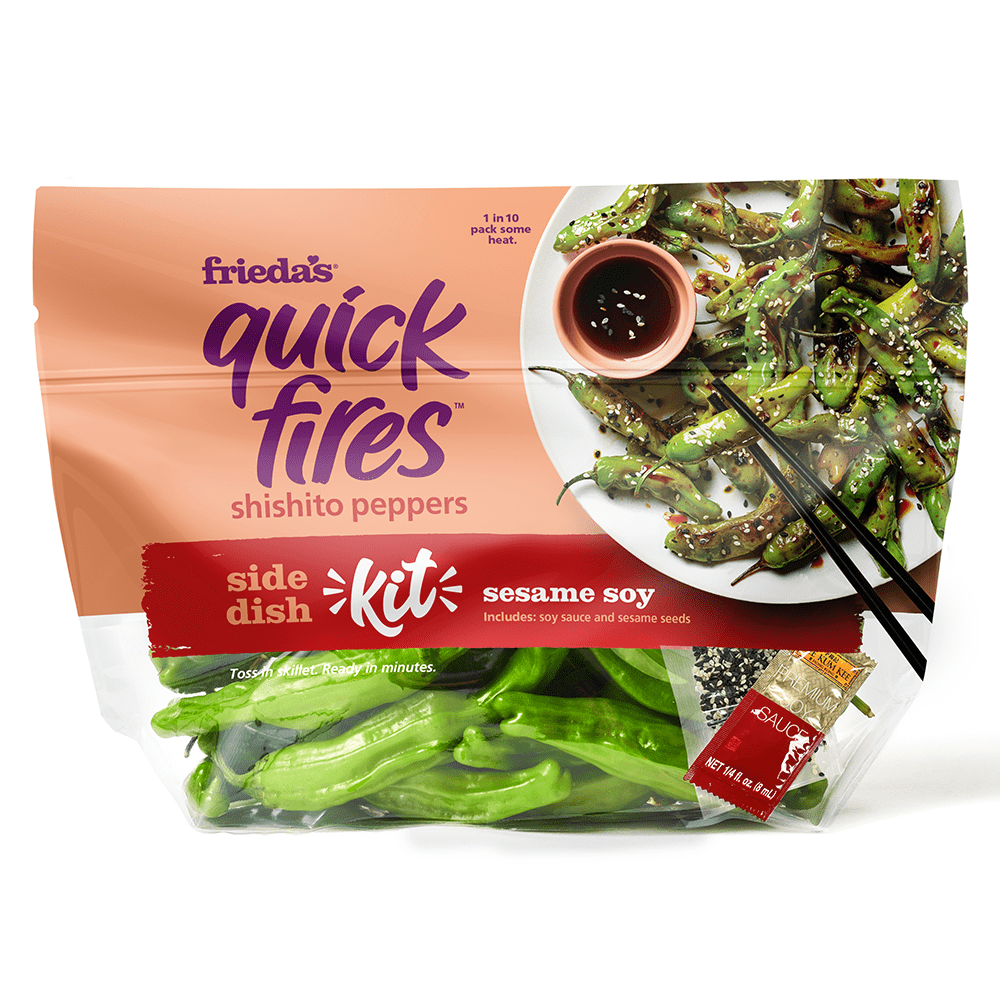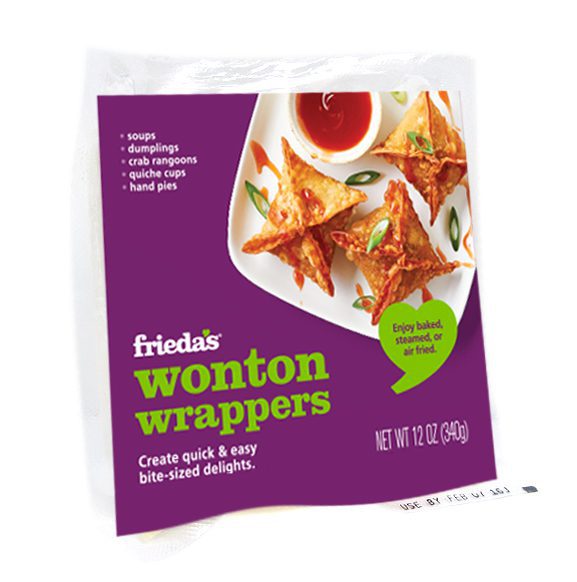Several years ago, someone asked me if there was anything I would like to change about the produce industry. I didn’t even pause when I answered, “Change the grades and standards of fresh produce.”
Years ago, a system was put in place that basically meant only perfect-looking produce would be sold in supermarkets.
You can see the result by walking into any supermarket produce department. Every apple on display is the same size, looks identical and is blemish-free. The tomatoes are all red and identical in size (unless they are heirloom varieties or yellows). And that applies to almost all fresh produce.
As American consumers, we have come to expect perfect-looking produce because it creates a lot of appetite appeal. After years of conditioning, supermarket buyers believe that consumers will not purchase anything but those perfect-looking fruits and veggies.
Then came talk of sustainability, food waste and hunger. We Americans became almost instantly aware of the fact that, according to the USDA, 30 to 40 percent of all fresh food goes to waste somewhere in the supply chain (between farmers’ fields and consumers’ trash cans or compost piles).
Predictably, a few entrepreneurs started businesses to market the produce that was going to waste—that 30 to 40 percent that was not making it onto consumers’ plates.
Companies like Imperfect Produce, Full Harvest, Hungry Harvest and Misfits Market sprang up. Produce brokers and marketers launched lines of off-grade products. In France, one supermarket chain, Intermarche, even ran this memorable commercial in 2014 to promote its line.
As per usual, it made great headlines.
Five years later, just this week, I read this headline in our trade papers:
“Grocers Turn Away From ‘Ugly Produce’“
The article goes on to say many supermarkets are ending tests with ugly produce because customers aren’t purchasing the product as frequently as they had hoped. Some retailers reported inconsistent interest on the part of consumers.
Does that make sense? That consumers who are concerned about hunger and eliminating food waste would not flock to supermarkets to buy produce that is a little bit less than perfect in appearance, but has the same taste, flavor and nutritional values?
Obviously, I don’t have all the answers. Many factors could have affected the outcome, such as how attractive the packaging was, what educational tools the supplier offered to inform consumers, where the product was displayed, pricing strategy and supply consistency, just to name a few.
In doing some research for this blog, I uncovered this interview with crop scientist Sarah Taber, entitled “A scientist on the myth of ugly produce and food waste.” If you have time, I encourage you to take a few minutes to read her point of view; she calls bullshit, by the way.
Why do I think ugly and imperfect produce is being taken off the shelves of conventional supermarkets? Ugly produce looks great in highly curated shots on social media, but the far real version found on store shelves just doesn’t have the same appetite appeal. Consumers still shop with their eyes, which means it will take longer than four to five years for this to catch on. A program like this will require the supermarket industry to be patient rather than cater to the instant gratification consumers expect with new programs.
These imperfect produce companies are most likely ahead of their time. Based on my company’s 57 years of experience introducing new fruits and vegetables to American consumers, I know, for a fact, that it takes around 15 to 18 years for a new product to catch on. Think kiwifruit, dragon fruit and even kale. I spoke about the life cycle of new product introductions in my speech at trend conference #BittenLA in 2016.
I believe alternative channels need to be developed for less-than-perfect-looking produce. Why not sell that product to food processors or restaurant suppliers who are going to chop it up anyway? Trying to get conventional supermarkets to retrain their quality control inspectors, produce managers and management on what is acceptable condition is an unlikely recipe. Why not develop relationships with markets that are already selling cheap produce that doesn’t always look perfect? I recognize that it takes extra time to develop relationships with these alternative channels, but they seem the most practical path for getting imperfect product to consumers.
I predict that some companies will pull back from offering ugly produce, creating a dip in the product life cycle, but the desire for developing alternative markets to move less-than-perfect produce will continue. Call me in 10 years and I think you’ll find a whole new supply chain has been created and we have significantly less food waste.
And that’s a goal we can all support.
Karen

